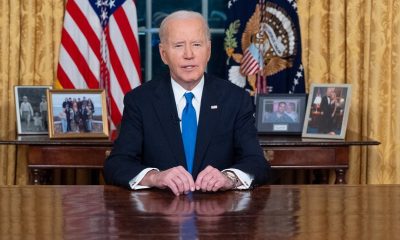Op-Ed
The ‘Real’ Dream Speech
By Lee A. Daniels
NNPA Columnist
I have a dream that my four little children will one day live in a nation where they will not be judged by the color of their skin but by the content of their character. I have a dream today!
A suggestion for these days of special attention to Dr. Martin Luther King, Jr.: Whenever people cite this sentence from his iconic “I Have A Dream” speech, ask them if they know the rest of the speech.
I’ve long suspected that people who cite that sentence as proof we today should stop taking race into account in the necessary re-ordering of American society haven’t bothered to understand – or, most likely, even read –the rest of the speech. I think that’s because they’ve adopted the let’s-pretend-race-has-no-meaning stance conservatives have been pushing for the last 30 years – ever since losing their all-out effort to defeat the movement for the King national holiday.
So when people refer to that sentence, ask them to explain King’s also saying to the throng, “I am not unmindful that some of you have come here out of great trials and tribulations. Some of you have come fresh from narrow jail cells. And some of you have come from areas where your quest for freedom left you battered by the storms of persecution and staggered by the winds of police brutality.”
Or, ask them to explain his reminding America “of the fierce urgency of Now … It would be fatal for the nation to overlook the urgency of the moment. … The whirlwinds of revolt will continue to shake the foundations of our nation until the bright day of justice emerges.”
Those are just two of the extraordinary passages in what is a wonderfully complex sermon, full of hidden-in-plain-sight demands and warnings along with its call to our better selves. They and other passages illuminate the true meaning of its most famous sentence – a meaning underscored by the three “dreams” that immediately precede it and the one immediately after it.
Before mentioning his children, King declares that “I have a dream that one day this nation will rise up and live out the true meaning of its creed: ‘We hold these truths to be self-evident, that all men are created equal.’”
He follows this with a “dream” that “one day on the red hills of Georgia, the sons of former slaves and the sons of former slave-owners will be able to sit down together at the table of brotherhood,” and another that “even the state of Mississippi, a state sweltering with the heat of injustice, sweltering with the heat of oppression, will be transformed into an oasis of freedom and justice.”
And then, after he speaks of his children, he says, “I have a dream that one day, down in Alabama, with its vicious racists, with its governor having his lips dripping with the words of ‘interposition’ and ‘nullification’ – one day right there in Alabama little Black boys and Black girls will be able to join hands with little White boys and White girls as sisters and brothers.”
In other words, King places his dream for all children squarely within the necessity of reforming three states with long histories of horrific state-sponsored and state-aided-and-abetted murders, beatings and other forms of violence that targeted Black children as well as adults.
He uses children as the focus of his dreams not only because children are born without prejudice and fear, but also because their being “able to join hands” at “the table of brotherhood” could only occur with their parents’ acceptance of racial equality. Here, King was speaking directly to ordinary White southerners. Come, he said, for our children’s sake, let us recognize our common humanity.
The White South of 1963 answered two weeks later. On September 15, 1963, members of the Birmingham KKK cell dynamited the Sixteenth Baptist Church just after its Sunday School services had ended, killing four girls – Addie Mae Collins, 14, Denise McNair, 11, Carole Robertson, 14, and Cynthia Wesley, 14 – and wounding 20 others. In the maelstrom that enveloped the city that day, two Black teenaged boys who were not members of the church were shot to death. Virgil Ware, 13 was killed by two White male teenagers. Johnny Robinson, 16, was shot in the back of the head by a state police officer.
The Black freedom struggle in the South went on.
So, this Martin Luther King, Jr. Day, when people only reference the Dream Speech’s “the content of their character” line and let it go at that, you’ll know they’re just whistling “Dixie.”
Lee A. Daniels is a longtime journalist based in New York City. His essay, “Martin Luther King, Jr.: The Great Provocateur,” appears in Africa’s Peacemakers: Nobel Peace Laureates of African Descent (2014), published by Zed Books. His new collection of columns, Race Forward: Facing America’s Racial Divide in 2014, is available here on Amazon.com
###
Activism
Oakland Post Endorses Barbara Lee
Barbara Lee will be able to unify the city around Oakland’s critical budget and financial issues, since she will walk into the mayor’s office with the support of a super majority of seven city council members — enabling her to achieve much-needed consensus on moving Oakland into a successful future.
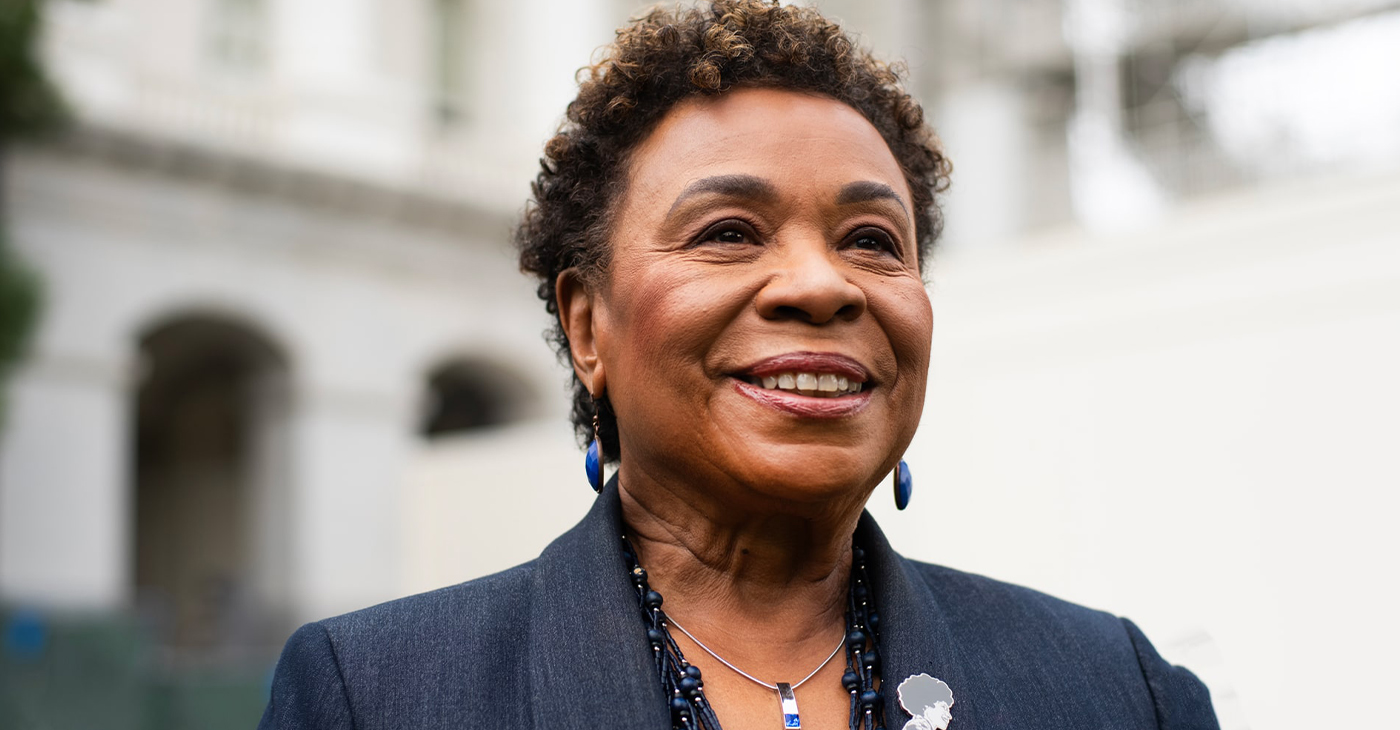
As we end the celebration of Women’s History Month in Oakland, we endorse Barbara Lee, a woman of demonstrated historical significance. In our opinion, she has the best chance of uniting the city and achieving our needs for affordable housing, public safety, and fiscal accountability.
As a former small business owner, Barbara Lee understands how to apply tools needed to revitalize Oakland’s downtown, uptown, and neighborhood businesses.
Barbara Lee will be able to unify the city around Oakland’s critical budget and financial issues, since she will walk into the mayor’s office with the support of a super majority of seven city council members — enabling her to achieve much-needed consensus on moving Oakland into a successful future.
It is notable that many of those who fought politically on both sides of the recent recall election battles have now laid down their weapons and become brothers and sisters in support of Barbara Lee. The Oakland Post is pleased to join them.
Activism
Actor, Philanthropist Blair Underwood Visits Bay Area, Kicks Off Literacy Program in ‘New Oakland’ Initiative
These community activations were coordinated with the San Francisco-based non-profit program “Room to Read.” Ray said he is also donating his time to read and take pictures with students to encourage their engagement and to inspire them to read more. The inspirational book “Clifford Ray Saves the Day” highlights Clifford Ray’s true story of saving a dolphin.
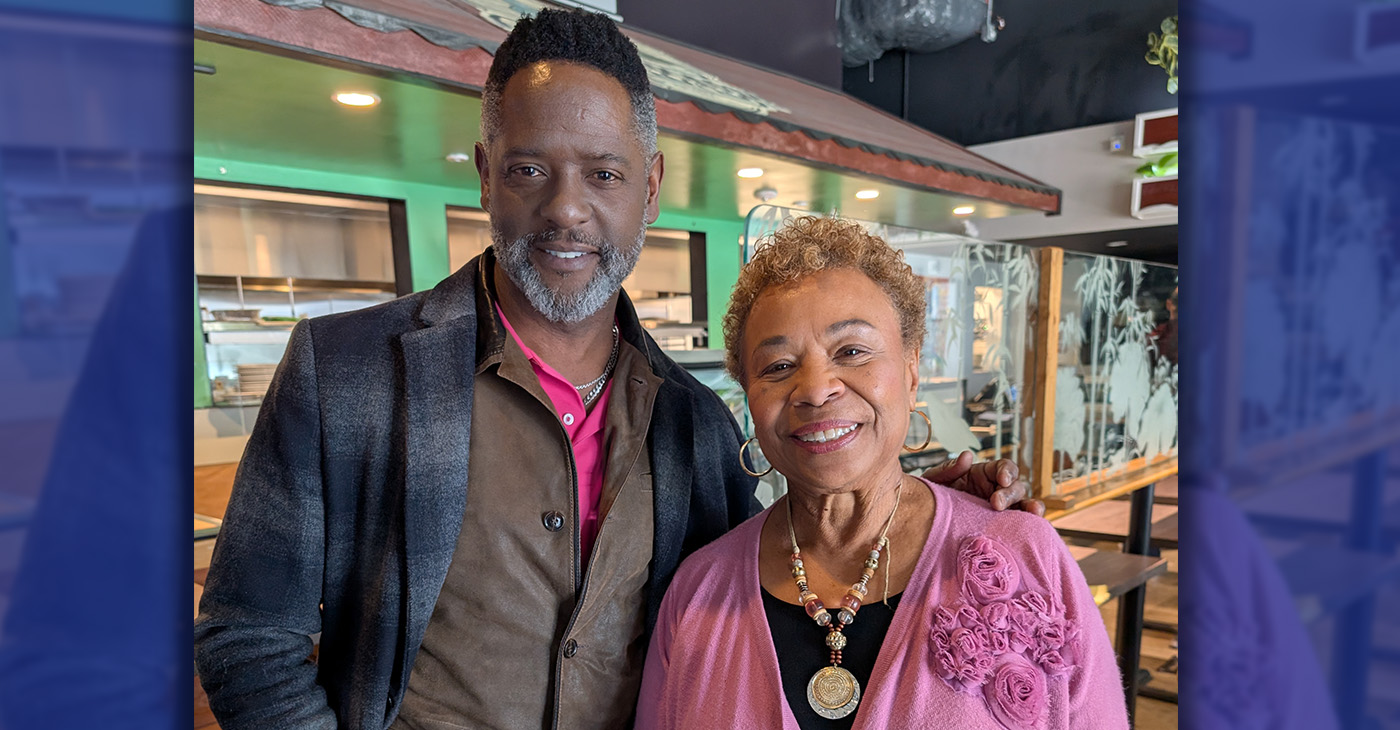
By Paul Cobb
New Oakland Series
Opinion Part 3
The Post mentioned three weeks ago that a number of our local luminaries were coming together to support the “New Oakland” movement. As this current national administration continues to eliminate our “legacy” institutional policies and programs left and right, most communities find themselves beyond “frozen” in fear.
Well, esteemed actor, long-time Bay Area supporter, and philanthropist Blair Underwood returned to Oakland this week to speak with city leaders, community trust agents, students, the Oakland Post, and local celebrities alike to continue his “New Oakland” initiative.
This week, he kicked off his “Guess Who’s Coming to Read” literacy program in some of Oakland’s middle schools. Clifford Ray, who played the center position of the 1975 World Champion Golden State Warriors, donated close to 1,000 books. Ray’s fellow teammate Charles “The Hopper” Dudley also gave Converse sneakers to students.
These community activations were coordinated with the San Francisco-based non-profit program “Room to Read.” Ray said he is also donating his time to read and take pictures with students to encourage their engagement and to inspire them to read more. The inspirational book “Clifford Ray Saves the Day” highlights Clifford Ray’s true story of saving a dolphin.
Underwood also spent quality time with the Oakland Ballers ownership group and visited the amazing Raimondi Park West Oakland community revitalization site. In the 1996 TV film Soul of the Game, Underwood played the role of the legendary first Black Major League Baseball player Jackie Robinson and commended the Ballers owners.
“This group of sports enthusiasts/ philanthropists needs to be applauded for their human capital investment and their financial capital investment,” Underwood said. “Truly putting their money and passion to work,” Underwood said.
Underwood was also inspired by mayoral candidate Barbara Lee’s open-minded invitation to bring public-private partnership opportunities to Oakland.
Underwood said he wants to “reinforce the importance of ‘collaborative activism’ among those most marginalized by non-empathic leadership. We must ‘act out’ our discomfort with passionate intentions to create healthy change.”
Activism
Councilmembers Ramachandran, Kaplan, Unger Identify Funds to Save Oakland Fire Stations
Our budget crisis – one of the worst in Oakland’s history – is compounded by the fact that people do not feel safe coming to Oakland due to our public safety crisis. By investing in our fundamental public safety resources today, we can send a signal to the world that Oakland is open for business. We have such a rich and vibrant culture, arts, and food scene that is worth celebrating – but we can only showcase this if we are able to keep our neighborhoods safe. Having fully functioning fire stations are absolutely essential to these efforts.
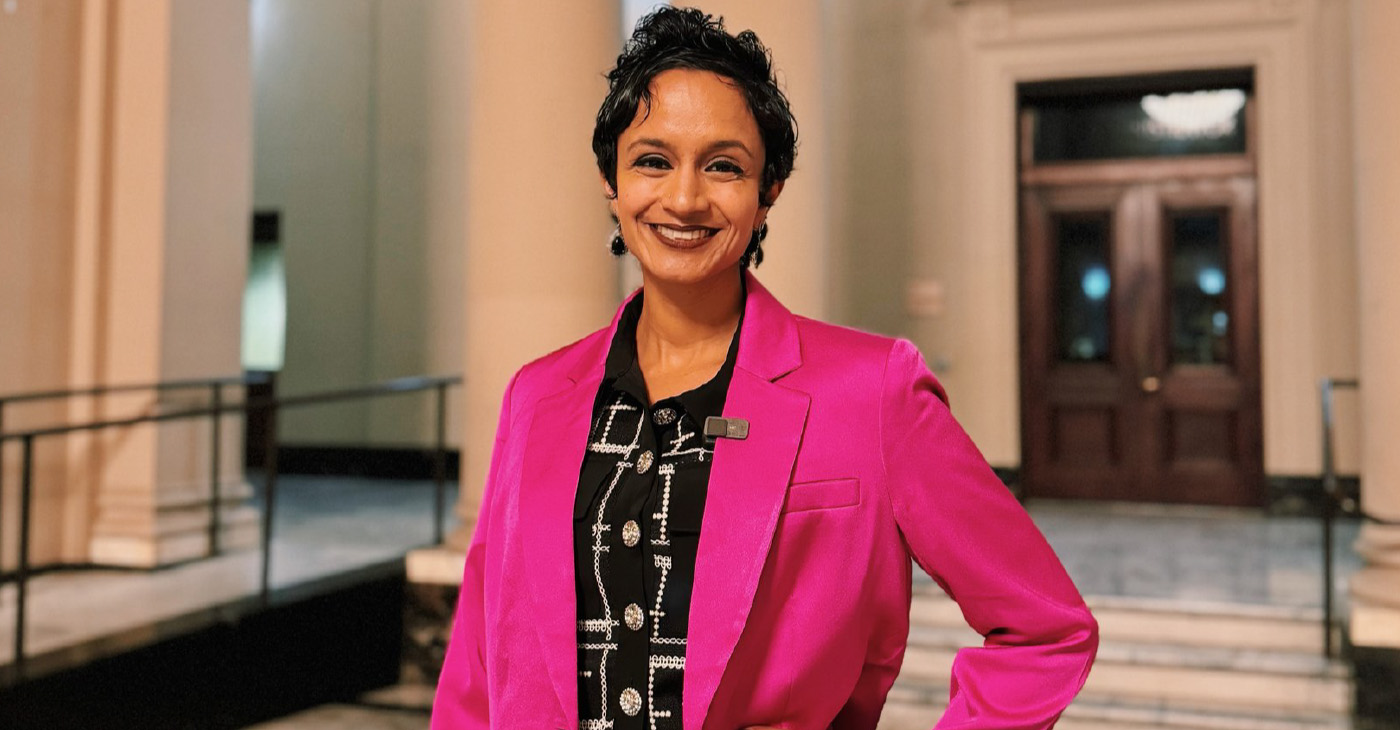
By Janani Ramachandran
There is no greater concern to the people of Oakland today than public safety. Fire stations are the bread and butter of essential city services – and every day that we have stations shuttered, we imperil the lives of our community members. In response to widespread outcry over the current and planned closure of stations, myself, along with Councilmembers Kaplan and Unger, have painstakingly worked to identify millions of dollars of new funding to save our stations. The legislation we introduced on Thursday, February 13th, will amend our budget to prevent the closure of four fire stations that are currently on the chopping block due to our budget crisis and will re-open two closed stations that have already been closed – Station 25 and 28 – in the near future. The resolution that will provide the funding to keep our stations open will go before the full City Council for a vote at our meeting on Tuesday, March 4th at 3:30 PM – and we invite you to join us at City Hall to share your perspective on the topic.
Our budget crisis – one of the worst in Oakland’s history – is compounded by the fact that people do not feel safe coming to Oakland due to our public safety crisis. By investing in our fundamental public safety resources today, we can send a signal to the world that Oakland is open for business. We have such a rich and vibrant culture, arts, and food scene that is worth celebrating – but we can only showcase this if we are able to keep our neighborhoods safe. Having fully functioning fire stations are absolutely essential to these efforts.
With the devastating Los Angeles fire at the top of people’s minds, terrible memories of Oakland’s own wildfires are re-surfacing from the 1991 Oakland Hills Firestorm to the Keller fire just a few months ago – and how essential fire stations are to mitigating these catastrophes. But in Oakland, our fire stations don’t just fight wildfires – they also provide emergency medical services to our most vulnerable constituents, put out structural fires and encampment fires, and much more.
We recognize that there are a number of competing interests and important initiatives fighting for sparse City resources. But from my perspective, core safety services are the most pivotal functions that a City must spend its resources on – especially given the outcry we have heard around fire stations.
The fight to save our stations is not over. The resolution we introduced is a critical first step, and there are hurdles to overcome. If you support keeping our fire stations open, we invite you to be a part of the solution by making your voice heard at the March 4th City Council meeting at 3:30 pm.
-

 Activism4 weeks ago
Activism4 weeks agoOakland Post: Week of April 9 – 15, 2025
-
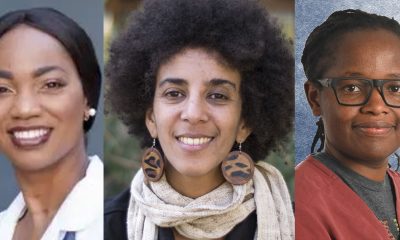
 Activism1 week ago
Activism1 week agoAI Is Reshaping Black Healthcare: Promise, Peril, and the Push for Improved Results in California
-

 Activism3 weeks ago
Activism3 weeks agoOakland Post: Week of April 16 – 22, 2025
-

 Activism1 week ago
Activism1 week agoBarbara Lee Accepts Victory With “Responsibility, Humility and Love”
-

 Activism1 week ago
Activism1 week agoNewsom Fights Back as AmeriCorps Shutdown Threatens Vital Services in Black Communities
-

 Activism1 week ago
Activism1 week agoFour Bills Focus on Financial Compensation for Descendants of Enslaved People
-

 Activism1 week ago
Activism1 week agoFaces Around the Bay: Author Karen Lewis Took the ‘Detour to Straight Street’
-

 Activism1 week ago
Activism1 week agoTeachers’ Union Thanks Supt. Johnson-Trammell for Service to Schools and Community











